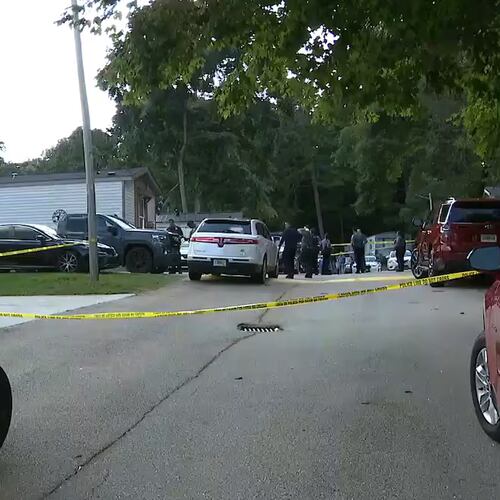It might come as a surprise to the joggers in Piedmont Park or the dog walkers around Chastain Park, but the Atlanta park system ranks below average.
That’s according to a new study by the Trust for Public Land, a national nonprofit that conserves land for parks and playgrounds in urban and rural areas.
Atlanta was No. 26 out of 40 ranked cities, behind places like Boston, Portland, Ore., Washington and Virginia Beach, Va. It beat out cities like Memphis and Louisville.
“I think a lot of people will be surprised,” said Christopher Kay, chief operating officer of the San Francisco-based group. “This is the first time we’ve had accurate, credible, reliable data.”
The land trust’s “Park-Score” ratings, released last week, were based on the percentage of residents living within a 10-minute walk of a park (about half a mile), a city’s median park size and the percentage of total city area dedicated to parks and investment in parks. That last measure was based on the number of playgrounds per 10,000 city residents and per-capita spending on parks.
The study did not directly assess the quality of parks themselves.
With 63 percent of its residents living within a 10-minute walk of a park, Atlanta’s park access ranked just above the national average of 62 percent, according to the study. But only 5.6 percent of Atlanta’s acreage is devoted to parkland, compared to a national average of just over 10 percent.
“We are in less than great shape for a city of our size in terms of parks per capita,” said Mary Dodson, who helped establish the Chastain Park Conservancy. “It is a problem. Those of us who are involved in parks and are passionate about parks, we know there is an economic benefit to parks. But its kind of hard to make that argument when people don’t have jobs.”
Atlanta earned two “park benches” in the scoring, out of a possible top score of five benches.
The Trust for Public Land said it used advanced computer mapping technology to create digital maps. The technology took into account the location of park entrances and physical obstacles to access, such as major highways without pedestrian walkways.
A map provided by the city shows large tracts of northwest and southwest Atlanta to be what planners call “park-poor.”
Mayor Kasim Reed’s administration touts a goal to add 1,300 acres of green space on the Beltline, a 22-mile loop that will encircle the city, by 2030. Additional land could be acquired from private owners. Properties controlled by the Department of Watershed Management also may be turned into parks.
“The mayor wants 100 percent of residents to be able to walk to a park,” said George Dusenbury, commissioner of the city’s Department of Parks, Recreation and Cultural Affairs. “We’d be the first city to do that. We know we have work to do.”
With land prices depressed, purchasing space for parks might seem like a better idea than before the real estate crash. But the same crunch has pressured Atlanta’s finances.
City accountants predict that fiscal 2013 will be the tightest in a decade. City revenues have shrunk 18 percent or about $120 million — from $645 million down to an expected $526 million — since fiscal 2008.
“Now is the time to acquire, but now is also the economic market where no one has the money to do it,” said Margaret Connelly, executive director of Park Pride, an advocacy group.
Atlanta’s proposed budget for fiscal 2013 includes several park-related capital projects, including $138,000 towards the Parks Department’s green space enhancement and $200,000 for green space acquisition in Edgewood.
Dusenbury said the city already has made parks more accessible, partly by increasing its park space by more than 800 acres in the past two years.
The Trust for Public Land has donated large chunks of land to metro municipalities. It conserved 76 river miles for inclusion in the Chattahoochee River National Recreation Area, said Curt Soper, director of the trust’s Georgia office.
“It is thrilling to see the progress and achievements within Atlanta’s parks system over the past few years,” Soper said. “We want Atlanta to keep moving up the list.”
The trust also was instrumental in converting about 300 acres of land into parks inside Atlanta, including the Beltline’s Historic Fourth Ward Park, Boulevard Crossing Park and additional National Park Service locations near the Martin Luther King Jr. National Historic Site.
Officials with the land trust and in Atlanta City Hall say parks raise property values and bring other benefits. They point to research by John L. Crompton, a professor in Texas A&M University’s Department of Recreation, Park and Tourism Sciences, who has written that parks strongly correlate to economic development.
“We need more parks,” said Kay.
About the Author
The Latest
Featured

